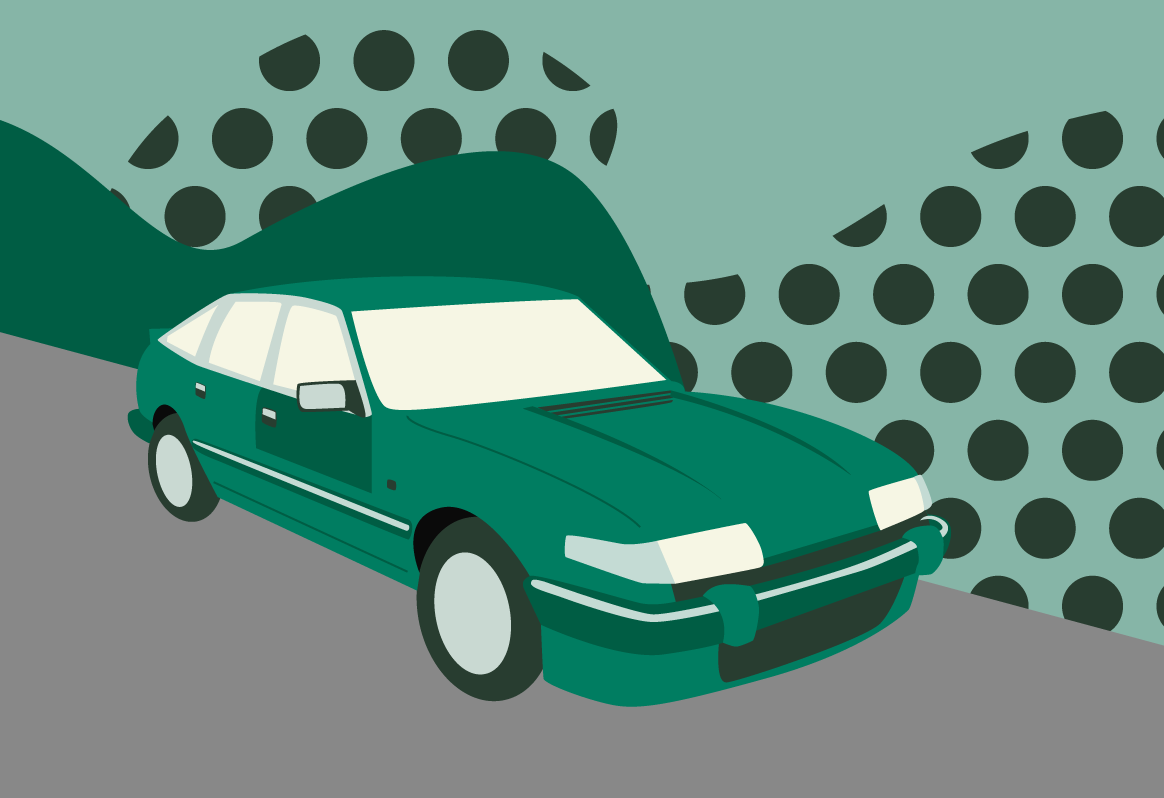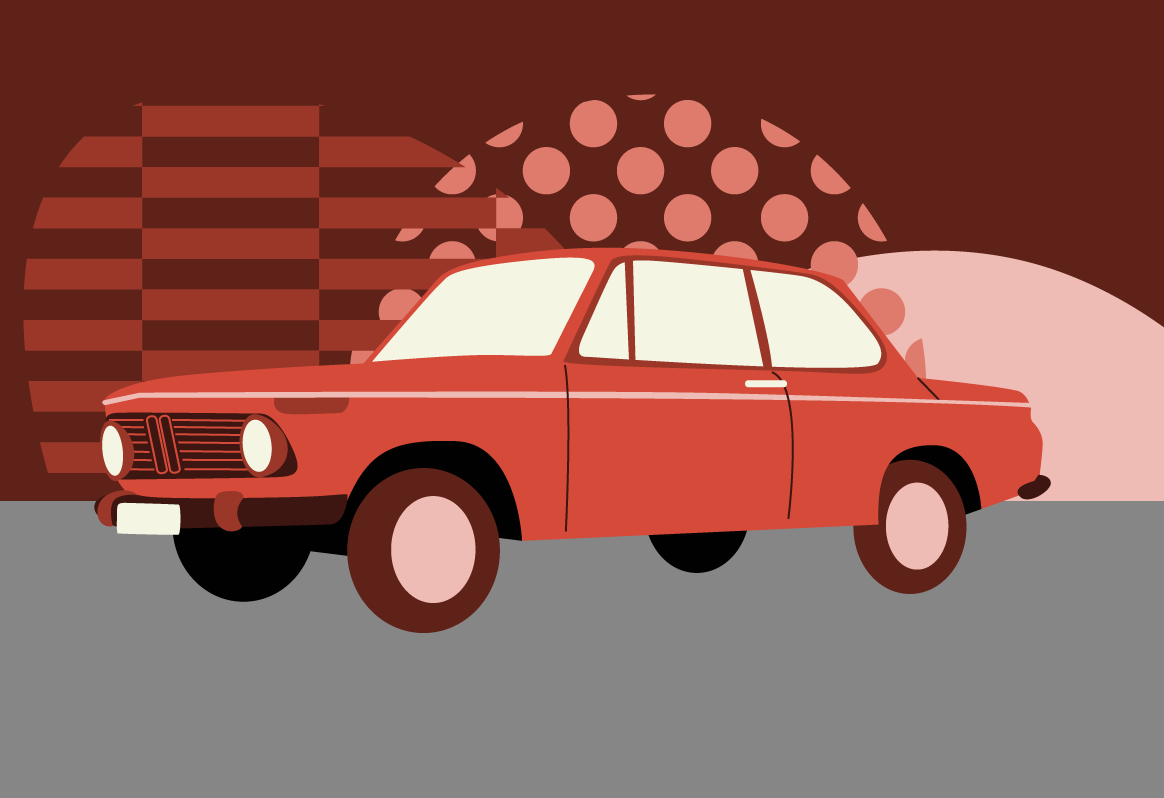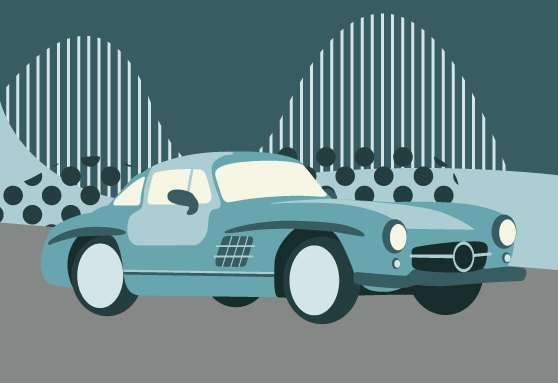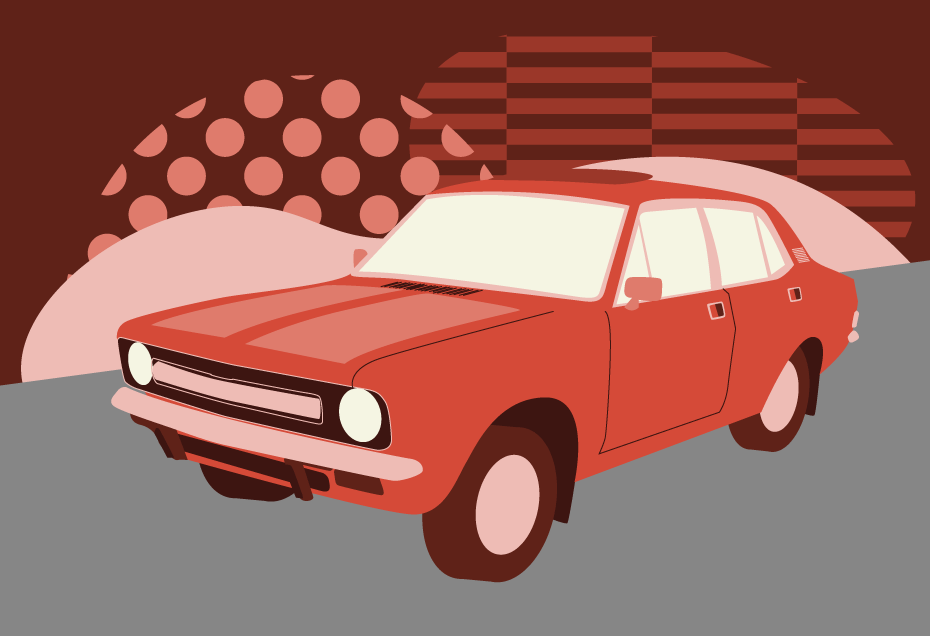In the early 1970s, Volkswagen’s line-up wasn’t just long in the tooth – it was positively geriatric.
With the venerable Beetle finally losing its sales appeal, and the Karmann Ghia coupe showing its age, the men from Wolfsburg badly needed some sharper, more modern designs, and a move away from air-cooled boxer engines.
Volkswagen turned to Italian stylist Giorgetto Giugiaro, who designed the company’s new range, including the Passat, Golf, and the razor-sharp Scirocco coupe.
Volkswagen’s first step away from its rear-engined, air-cooled roots was the K70, a hangover model from the ill-fated NSU marque that was subsumed by VW in 1969.
But it was the Passat, launched in 1973 initially as a fastback version of the mechanically identical Audi 80, that marked the true beginning of a new direction.
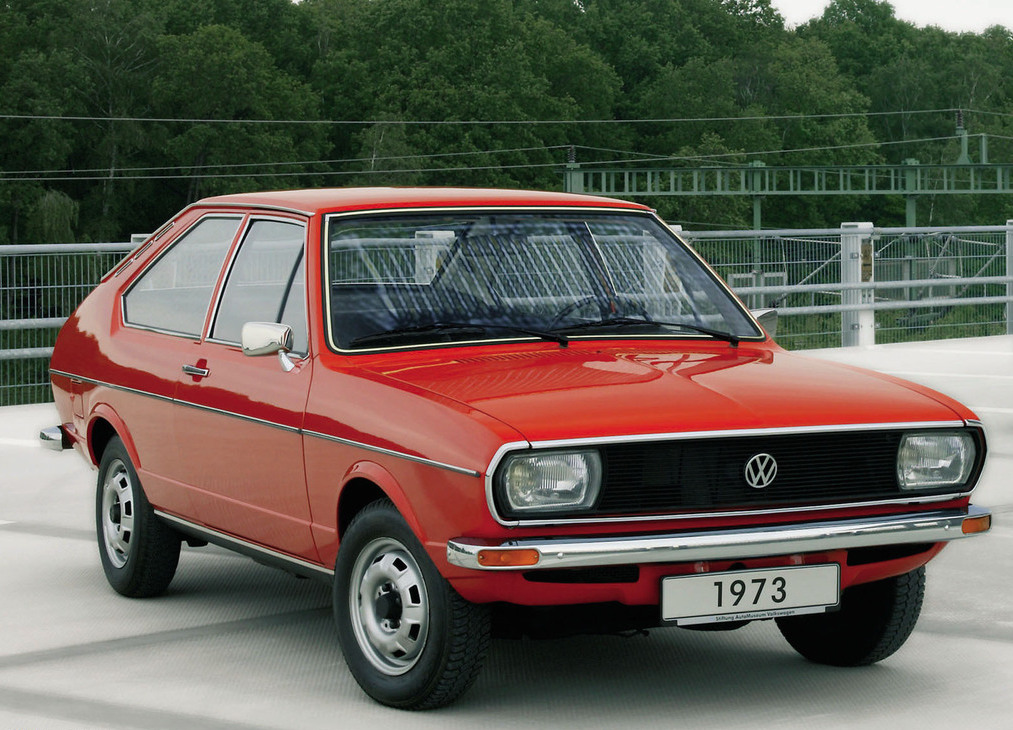
It was an attractive, solid performer, but much more exciting was the following year’s arrival of the Scirocco, which breezed into the Geneva Motor Show like the Saharan desert wind that provides its name.
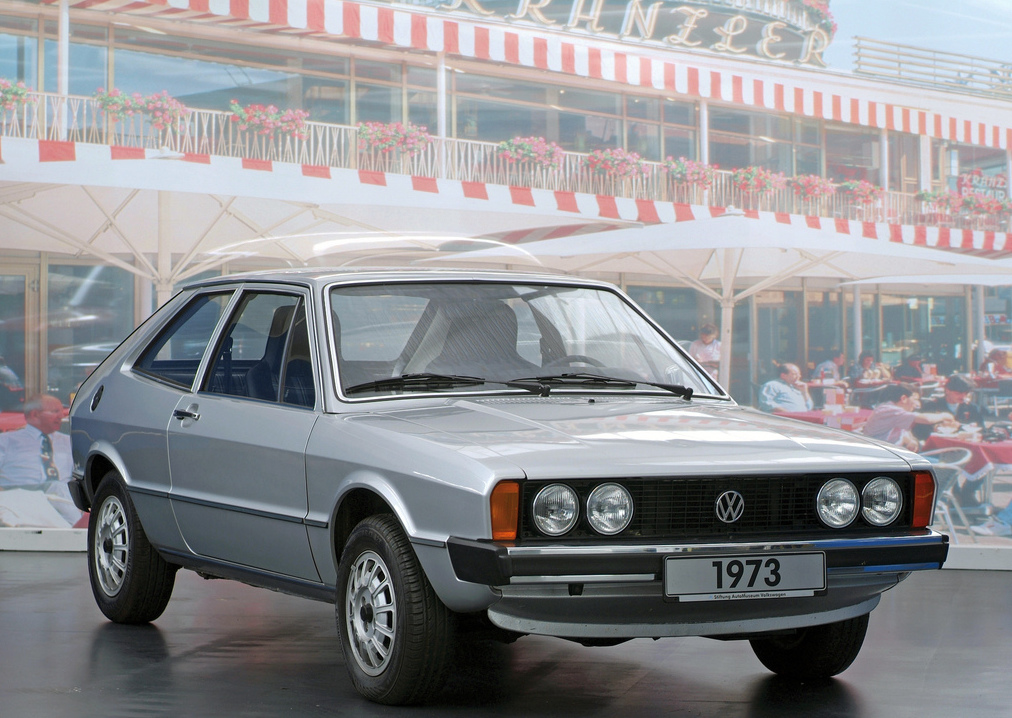
Just as the Karmann Ghia coupe was built on Beetle underpinnings, so the new Scirocco was based on the Golf.
But it appeared six months earlier than its sister car, to give Volkswagen time to assess the platform ahead of mass production of the soon-to-be-immortal Golf.
All three of this new generation of front-wheel-drive cars used versions of VW-Audi’s water-cooled, inline four-cylinder EA827 engine, which was still being used as late as 2013.
The free-revving unit, combined with the Scirocco’s sleek and sporty appearance, played a significant part in transforming Volkswagen’s reputation from a manufacturer of heavy, outdated cars, to a forward-looking, modern carmarker.
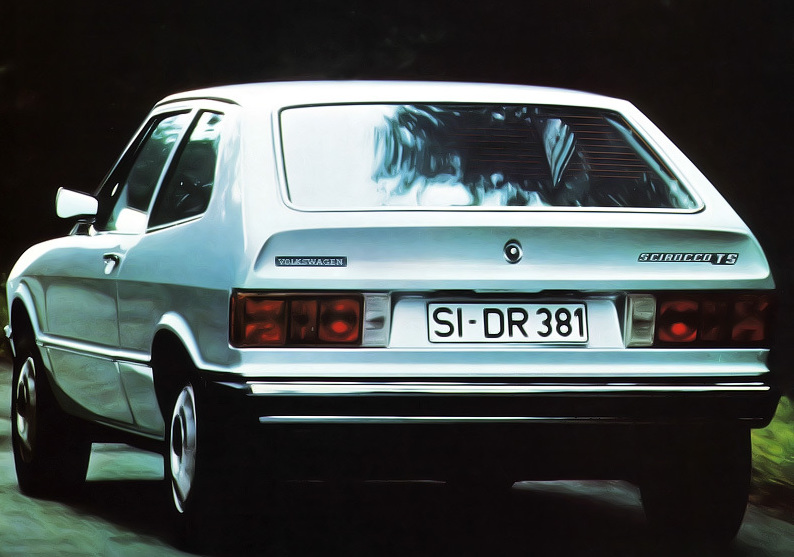
VWs suddenly got interesting.
Scirocco: built by Karmann
Just like the curvy Karmann Ghia it indirectly succeeded, the Scirocco was built by Karmann in Osnabrück.
In fact, its very existence owed much to Giugiaro’s desire to build a coupe on the Golf platform he had been working on, and Karmann’s need for a new production model to stay in business.
The result was a whip-smart, stylish coupe that took the sector by storm in Europe and America.
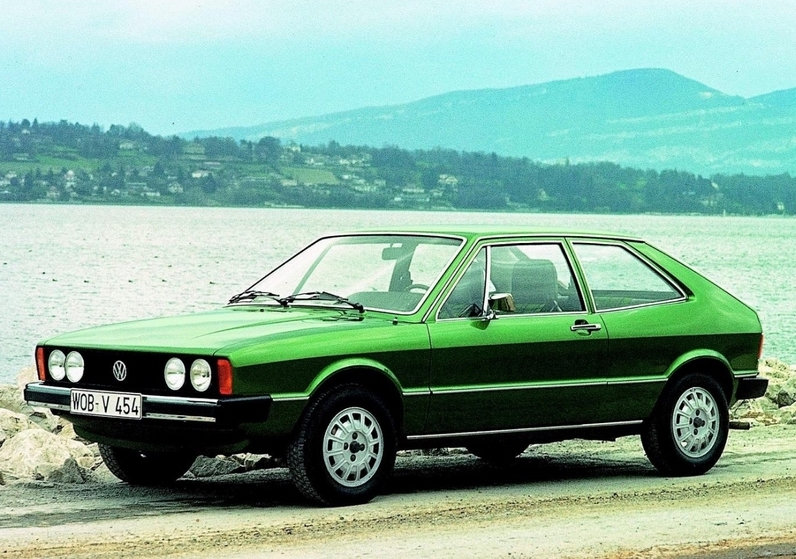
Mechanically, the car used MacPherson struts at the front, with a torsion-beam / trailing-arm set up at the rear, with engines ranging from an entry-level 1.1-litre unit producing 49bhp, to the sprightly 85bhp 1.5-litre.
Weighing in at just under 800kg, the Scirocco was a nimble and sprightly machine.
Autocar tested an 85bhp, 1471cc Scirocco TS in October 1974, describing “an exciting-looking hatchback…a vivid performer for its capacity” with “an engine that loves to be revved”.
So much so that Volkswagen installed an automatic cut-out at 7,000rpm, above the easily breached red line at 6,700rpm.
The Scirocco could breeze to 60mph in about 11 seconds on its way to a top speed of 108mph, not bad at all for a 1.5-litre car.
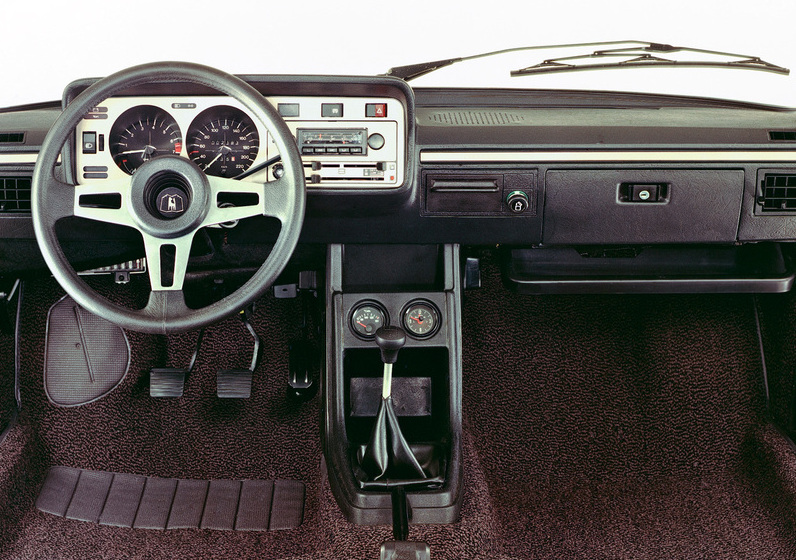
Access was via two doors, with a good-sized boot beneath a hatchback, and accommodation very much a 2+2 affair – the rear was only really suited to children.
“One could not conscientiously transport anyone one liked in the back for any distance, as the average adult must bend both back and head to fit,” wrote Autocar.
The magazine praised Volkswagen, “still relative newcomers to the problems and advantages of front-wheel-drive”, for a “quite impressive machine in its class”.
“A lot of fun in an interesting and, on the whole, enjoyable car,” it concluded.
Scirocco the Capri beater?
The coupe market in the UK had long been dominated by the Ford Capri, but there was also increasingly stiff competition from Japan’s Toyota Celica and the Alfas and Lancias from Italy.
Priced at around £2,000 when it was launched, the VW initially looked expensive, but within a matter of months most of its rivals had caught up or overtaken its asking price.
In December 1974, Autocar pitted the Scirocco TS against the Capri 2000GT and Celica ST, noting they all had plenty in common, “a sort of low-priced piece of exotica…all very attractive”.
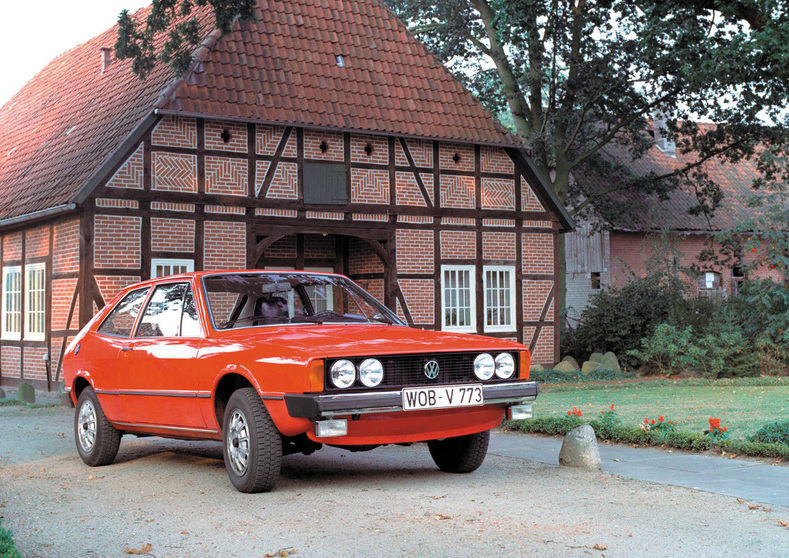
While out and about with the Volkswagen, the magazine found that “people stop in the street to admire the aggressive-looking little machine”.
“From whichever angle of appraisal it’s a smart, fresh vehicle – visually ideal for the market at which it is aimed and right up to date with hatchback practicality.
“It is visually exciting and highly individual.”
On the road, the Scirocco was “easily the most appealing to a sporty driver – its engine is a goer, the handling is excellent, the roadholding tenacious and the brakes fine”.
For 1976, the engine capacity was increased to 1588cc and the GTi was unveiled – again ahead of the Golf GTi, which shared the same 110bhp engine.
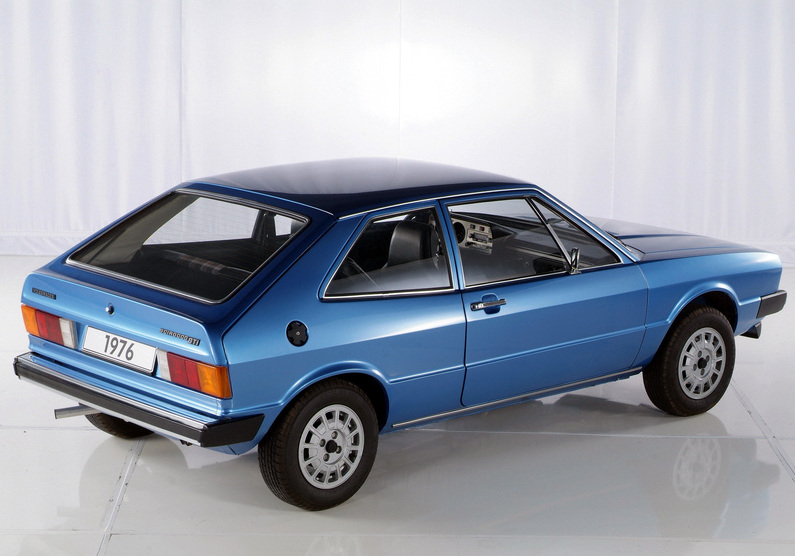
The Scirocco GTi featured Bosch K-Jetronic fuel injection, modified cylinder head and bowl-in-piston combustion chambers, larger valves and different inlet and exhaust manifolds.
It propelled the car to 60mph in under 9 seconds, and was marked out by a large front spoiler, a red frame for the grille, and ventilated disc brakes.
Injected Sciroccos the cream of the crop
The injected Sciroccos came in three trim levels, the sporty GTi, the more luxurious GLi, and the UK-only limited edition Storm.
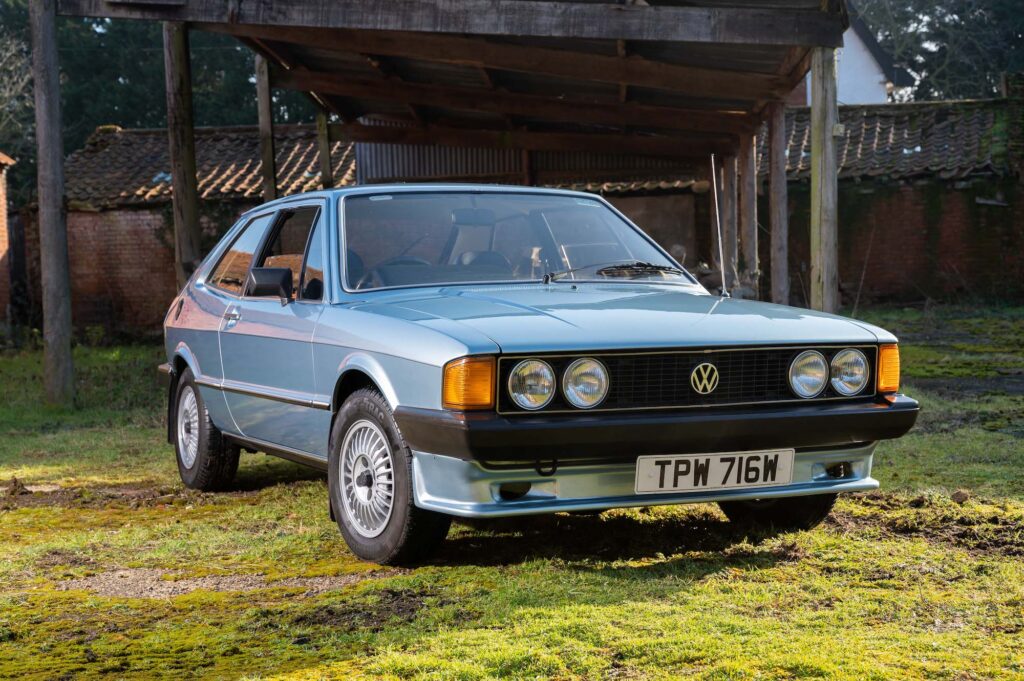
Motor tested a GLi in 1979, and declared it “one of the quickest 1.6-litre cars Motor has ever tested”.
“The spread of power, the smoothness of its delivery and the impeccable throttle response are beyond criticism and endow the GLi with a satisfyingly eager and willing character,” the magazine added.
“There can be no doubt that VW’s Scirocco GLi is a sleek, fast and stylish coupe which also excels in its economy, handling and transmission; it is a very good car indeed.”
Adrian Flux Classic Car Insurance
That it cost £1,169 more than the Golf GTi didn’t make it the best value, but buying decisions would ultimately depend on “how much emphasis you place on good looks”.
“Either way, as a 1.6-litre coupe, the Scirocco GLi has no peer.”
CAR magazine agreed when it pitched the GTi against a Renault Fuego GTX and Lancia Beta Coupe in February 2001.
“For the quality of its delivery, the VW wins hands down, as it does against any other middleweight four you care to mention,” it wrote.
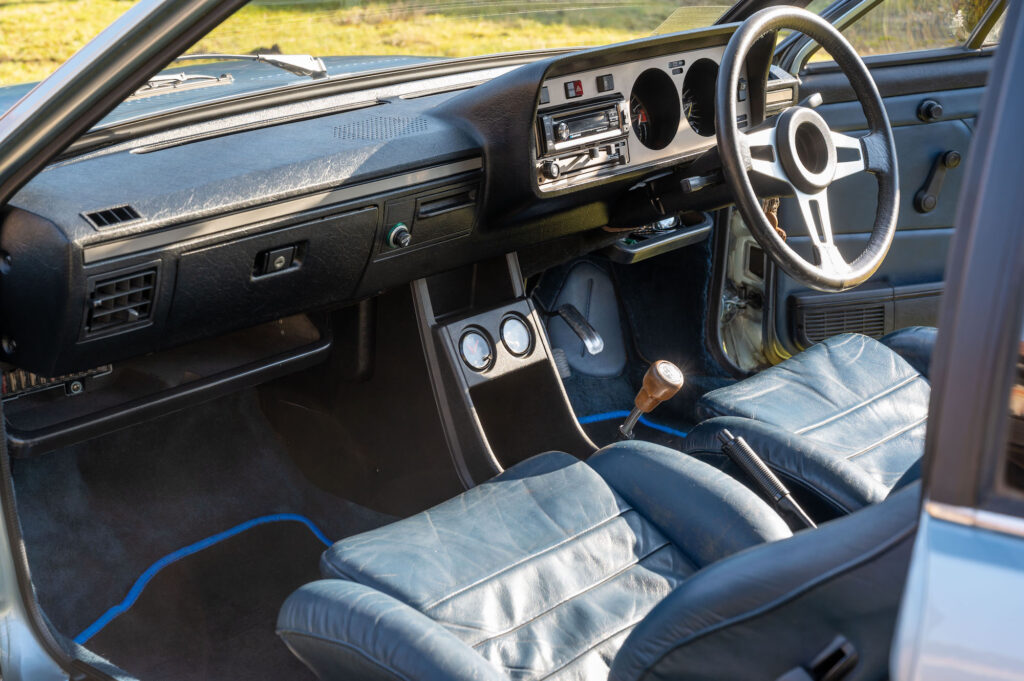
“There’s no question about it; the Scirocco is the car that will bring the broadest grin of satisfaction to your face. Apart from its zip and agility, it has super controls, none better than the light, short-travel gear change that moves in straight lines and diagonals rather than doglegs.
“That the Scirocco is the most rewarding entertaining of the three to hustle hard, as well as the most refined mechanically, make the VW a clear winner.”
Just 618 Mk1 Storms were built, boasting leather upholstery, Recaro seats, bronze tinted windows, alloy wheels, a deep Zender front spoiler, and the only UK Scirocco to have a passenger side door mirror.
It was originally available in Silbergrun metallic or Schwarz metallic before switching in 1980 to Hellblau metallic or Noisette brown metallic.
Very few Storms remain – just 51 on the road in the UK across Mk1 and Mk2, making them among the most collectible of the breed.
More than 500,000 Mk1s rolled off the production line before the introduction of the Scirocco Mk2 in 1981.
German-designed Volkswagen Scirocco Mk2
For the second generation Scirocco, Volkswagen dispensed with the services of the Italian design team, opting to style the car in-house.
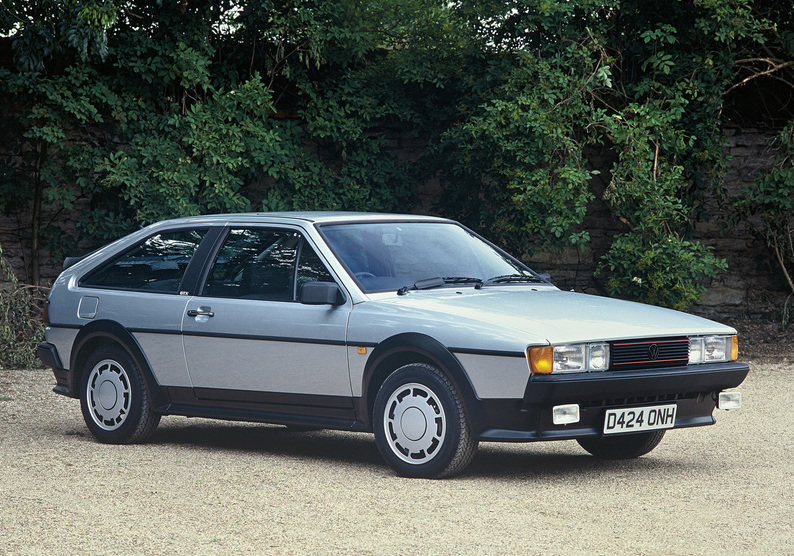
The more rounded and sleek design was longer, heavier, and featured increased front and rear headroom – a criticism of the earlier car – and a spoiler part-way up the rear window.
The Mark II was again assembled on the Golf’s A1 platform by Karmann in Osnabrück.
Its shape was considerably more aerodynamic and, according to CAR magazine, had “recognisably Porsche overtones from some angles”.
In 1983, the Scirocco GTi gained the 1781cc, fuel-injected engine and became the fastest production Volkswagen so far, capable of hitting 116mph – a little quicker than the less streamlined Golf GTi.
The GTi was distinguished from lesser versions by its twin rectangular halogen headlamps, spotlights, Golf GTi-style alloys, GT badges and sliding steel sunroof.
Motorists around in the ‘80s will remember how the “Scirocco” name was picked out on the rear hatch glass beneath the spoiler.
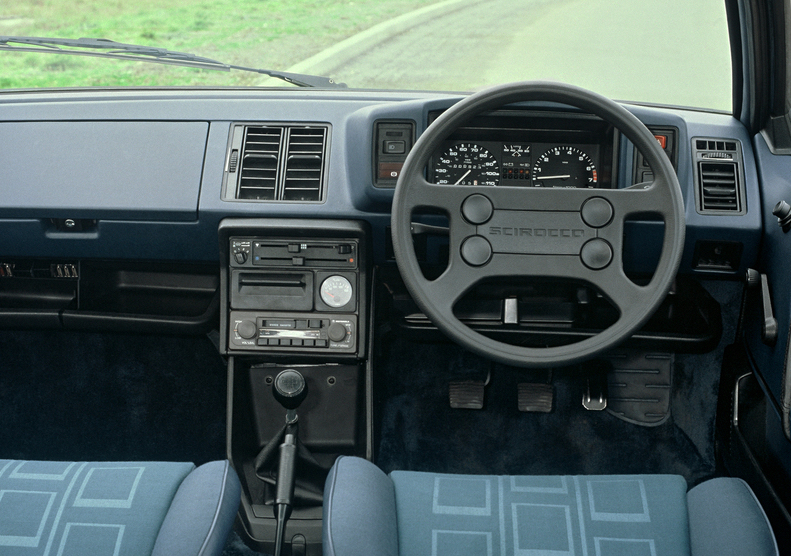
Autocar praised the “exceptionally smooth engine’s amazing revability”, but questioned whether the price tag of £8,005 could really be justified compared with the Golf GTi’s £6,808.
Scirocco sales fall
By 1984, sales of the Scirocco were on the slide, not because of any flaws in the car but because of the surging demand for much cheaper, and more practical, hot hatches.
The more upmarket GTX replaced the GTi, with a higher level of standard equipment, but not everyone was impressed.
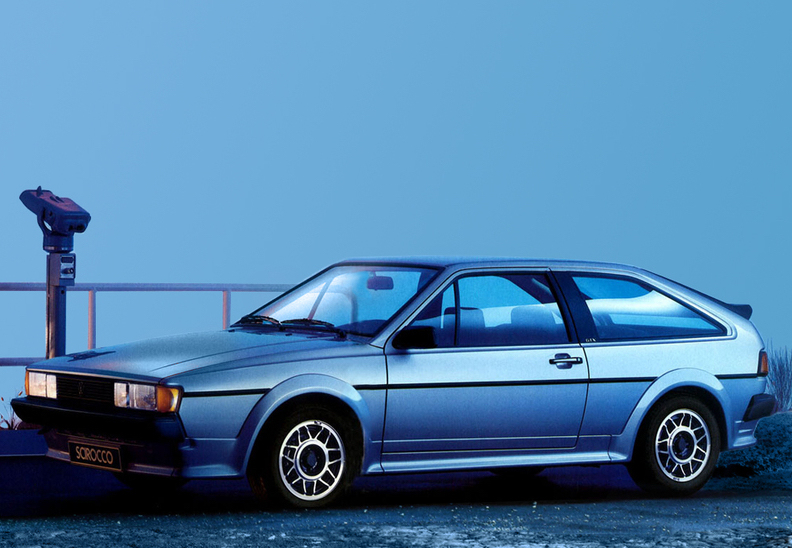
Motor magazine described the combination of pseudo-Cosmic wheels paired with matt-black spoilers, wheel arch extensions and sill skirts as “crude and tasteless”.
Rivals like the Capri 2.8 Injection Special, Nissan Silvia Turbo, and Fuego Turbo were quicker, and the Opel Manta GT and Corolla GT both cheaper and quicker.
But Motor noted that the “way in which the GTX achieves its performance is unquestionably its trump card”.
“Almost miraculously smooth and free-revving, the engine of our test car was even more refined than that of the Golf GTi, which won our recent six-car hot hatch showdown,” it wrote.
“The spread of power, the silkiness of its delivery and that Persil-clean throttle response are qualities unmatched in this class and endow the GTX with a sense of well-bred urgency usually reserved for much more expensive and potent machinery.”
A Storm is coming
Volkswagen rolled out various trim levels and special editions for different markets around the world, and the UK was again blessed by the Storm model in 1984 and ‘85.
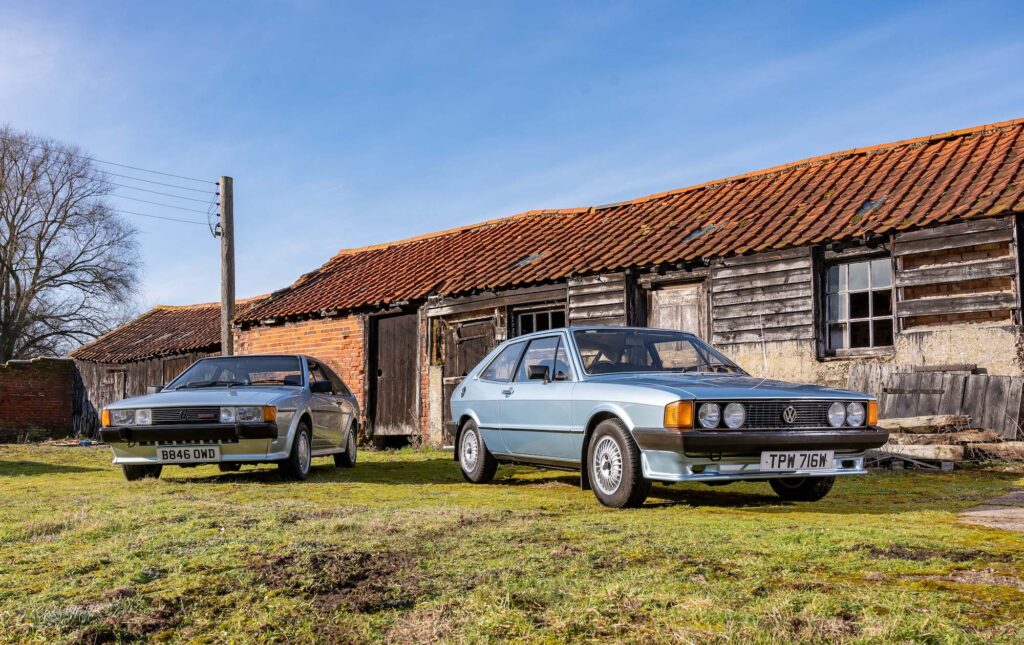
Available in Cosmos blue or Havana brown, it came with the 112bhp, 1781cc GTi engine, and at £9,795.99 it was the most expensive UK Volkswagen on sale at the time.
It was followed in 1986 by the 16V Scirocco GTX, which arrived in the UK in advance of the Golf GTi model fitted with the same engine.
Power was up to 139bhp, and Motor purred over the “outstanding performance for a 1.8-litre car”, with 60mph coming up in just 7.8 seconds on the way to a top speed of 130mph.
“Such speeds are exceptional for a car costing under £11,000 and again are in the Porsche performance class.”
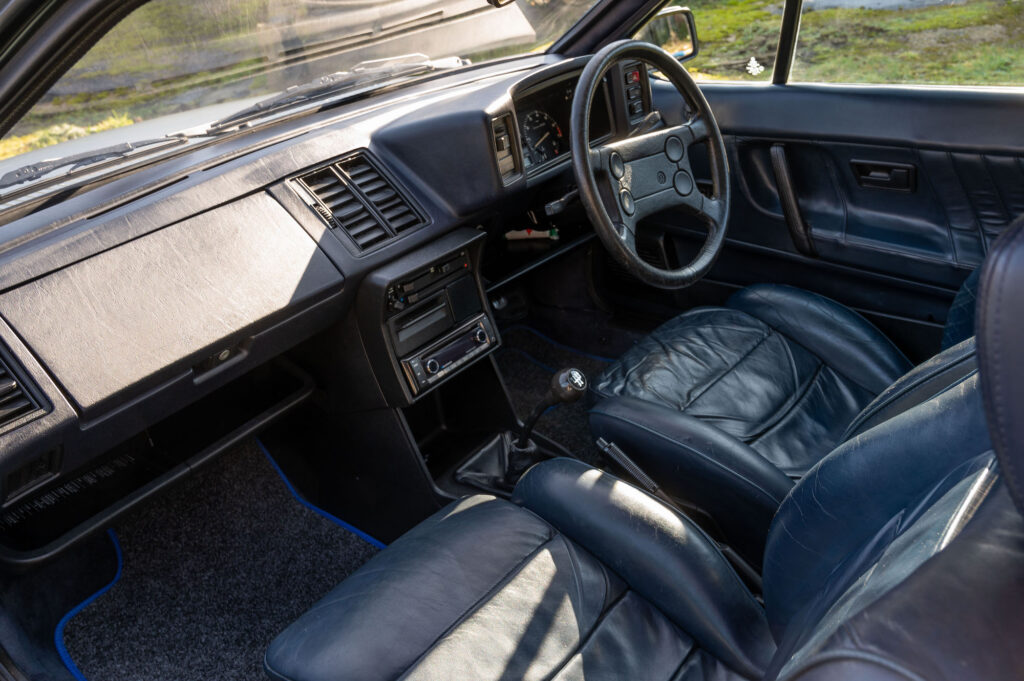
The Scirocco was joined in production in 1988 by the Volkswagen Corrado, which stole yet more of its sales despite being more expensive and distinctly more upmarket – and more powerful.
After 11 years, the Scirocco MKII was discontinued in 1992, selling 291,497 units – much less than the MKI despite being in production for four more years.
The name was revived in 2008 for a car that honoured the original concept – a stylish coupe that again sat on the Golf platform.
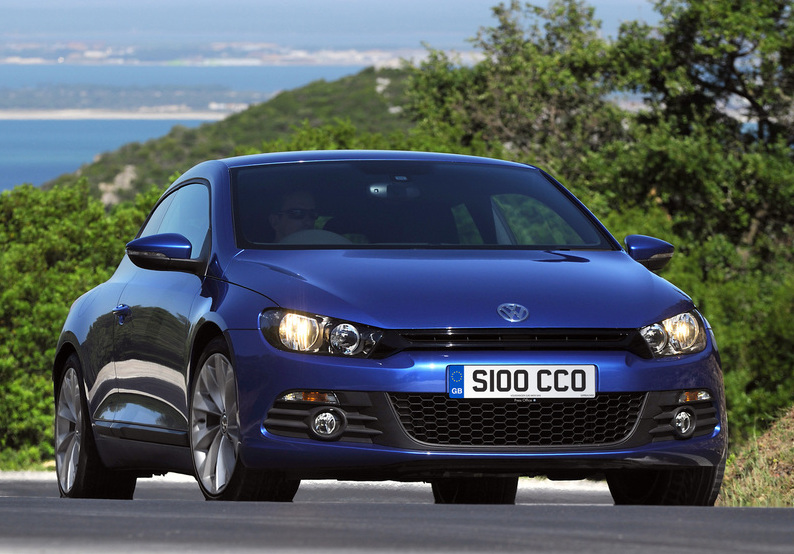
Petrol and diesel engines from 1.4-litres to 2-litres were available, and the cream of the crop was the Scirocco R produced between 2015 and the model’s end two years later.
With 280bhp on tap, it could reach 62mph in just 5.5 seconds, hitting a limited 155mph top speed.



